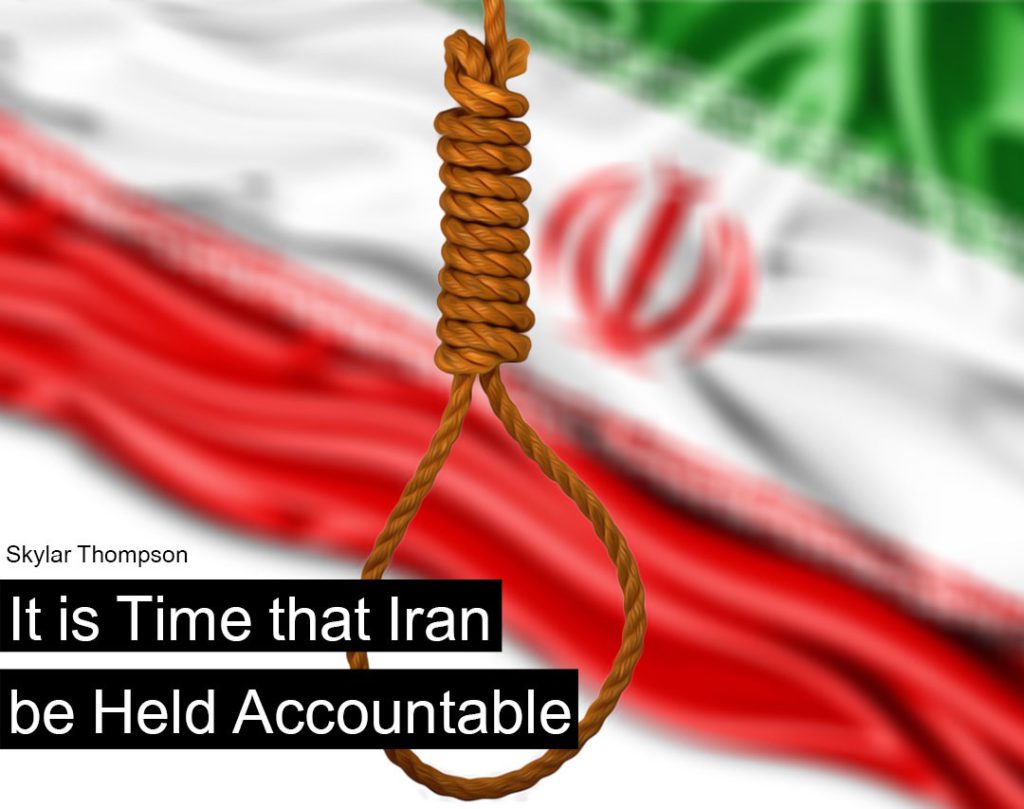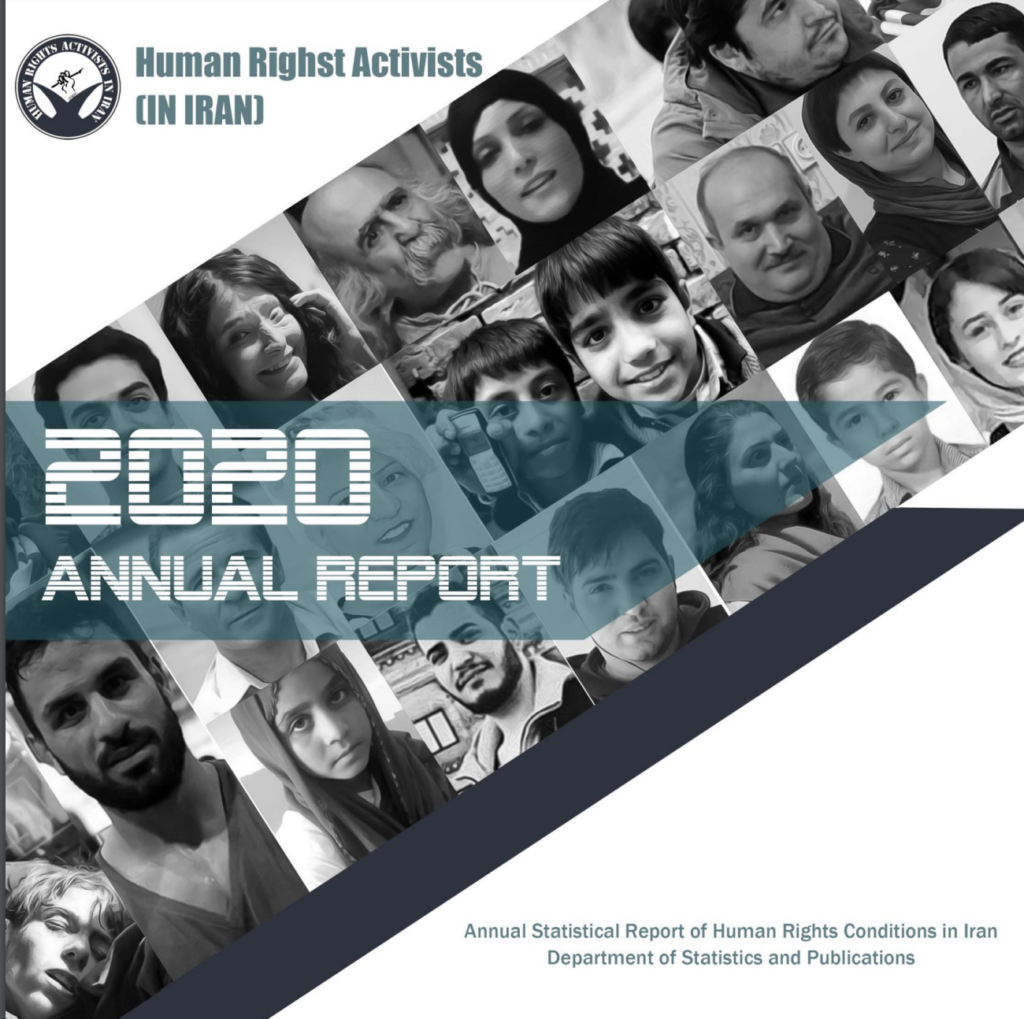By Lina Kruger
International Observatory of Human Rights
Extreme water shortages in Iran have led to protests that started in the southwest Khuzestan province and spread to Aligoodarz in the western Lorestan province. For over a week, Iranian protesters have been demonstrating in some of the country’s hottest regions to call attention to the drought that has been affecting agriculture, livestock, households and has led to regular power blackouts.
Despite the peaceful nature of the protests, Iranian security forces have cracked down on the demonstration, arresting protesters and firing bullets, leading to the death of over 10 people. According to the dissident Human Rights Activists News Agency (HRANA), at least 102 protesters have been arrested across 30 cities over the last 10 days.
The government however denies the violence allegations, blaming the recorded deaths on “suspicious bullets shot by some unknown people who penetrated among peaceful protesters”. However, Amnesty International’s Evidence Lab, part of its Crisis Response Team, states that there is confirmed footage of Iranian security forces using automatic weapons and shotguns on the peaceful protesters in the province of Khuzestan.
Analysis by Amnesty’s weapons experts, gunfire was used to suppress protests in the cities of Izeh, Ahvaz, Kut-e Abdollah, Susangard, and Shoushtar. In addition, NetBlocks, an internet access advocacy group, confirmed that mobile phone and internet service was purposefully disrupted in those regions during the protests. Despite the internet outage, hashtags such as #KhuzestanIsThirsty and #KhuzestanHasNoWater have been trending internationally while calling attention to the deadly protests. Diana Eltahawy, Amnesty’s Deputy Director for the Middle East and North Africa commented: “Iran’s authorities have a harrowing track record of using unlawful lethal force”, going on to say: “Protesters are voicing legitimate economic and political grievances, yet they face a barrage of gunfire, tear gas, and arrests.”
Michelle Bachelet, United Nations High Commissioner for Human Rights, has called on Iran to address its chronic water shortage while also requesting the government put an end to the violence used on protesters. She commented: “The impact of the devastating water crisis on life, health and prosperity of the people of Khuzestan should be the focus of the government’s attention, not the protests carried out by people driven to desperation by years of neglect.”
Saeed Khatibzadeh, Iran’s foreign ministry spokesman, responded by denying the “false accusations and incorrect information” and criticised Bachelet for not considering the steps Iran has taken to “relieve the suffering of the population”.
However, in contrast to the foreign ministry spokesman, president Rouhani stated the people of Iran have a right to protest and this sentiment was also reflected by Iran’s supreme leader, Ayatollah Ali Khamenei, who commented: “The people showed their displeasure … but we cannot really blame the people and their issues must be taken care of.”
The position taken by the two highest ranking individuals in the Iranian power structure is likely influenced by the global outcry at the government’s brutal crackdown on the November 2019 protests in Iran, which saw over 300 men, women and children killed.
The reasons behind Iran’s dangerous water shortage are complicated. All sources of the country’s water, including rivers, reservoirs, and groundwater, are starting to run dry, an issue that has been exacerbated by global warming.
The average temperatures in the middle east have been rising and cities in Iran, Oman, Kuwait, Pakistan, and the United Arab Emirates are expected to hit temperatures of up to 55 degrees Celsius for days at a time by the middle of the century.
Massoumeh Ebtekar, vice president and the head of Iran’s Department of Environment commented on Iran’s water shortage, “Our water usage is twice the world standard, and considering the situation in our country, we have to reduce this level”. Iranians use an average of 66 gallons of water a day, much lower than the 105 gallons of the US, however, Iran does not have the same abundance of fresh water. A 2013 study by the World Resources Institute, identified Iran as being at an extremely high risk of future water scarcity by ranking it as the world’s 24th most water-stressed nation.
Furthermore, Iran is experiencing one of the driest years in five decades with rainfall being down by 85%.
Iran’s attempts to solve its water crisis might actually be exacerbating the problem. Since 1979, 600 dams have been built in Iran and hydroelectric power plants are a large part of its economy.
Yet dams in the hottest regions of the country lose two billion cubic metres of water a month due to evaporation. The falling supply of water has led Iran to use power pumps to extract such large amounts of groundwater that the loss of weight can be detected from space and has impacted the region’s gravitational field, according to NASA.
Kaveh Madani, senior fellow at Yale University and former deputy head of Iran’s Department of Environment has stated that the main reason for the chronic water shortage is poor development management by the government and that because Iran uses “…the water for agriculture, don’t supply enough water to your wetlands, don’t supply enough water to the environment and the ecosystem”, it is essentially “developing unsustainably”.
Iran’s economy is also suffering heavily under the sanctions placed on its oil industry by former US President Donald Trump in 2018. With a youth unemployment rate of 25% and an inflation rate of over 50%, students, workers, and pensioners have been demonstrating Iran’s mismanagement for months. Protesters have been heard chanting slogans such as “death to Khamenei!”.
Furthermore, impacts of the pandemic on Iran are adding to the unrest. With the country’s morale so low, it is no surprise that turnout at June’s presidential election was Iran’s lowest in history.
Solving the country’s water crisis will require Iran to address its shortage directly while taking active steps towards a sustainable solution. Kaveh Madani suggested that for Iran to solve its chronic water shortage, it must first change its development model and “must invest in the industrial and service sector and decrease the pressure on its natural environment if it wants to survive. This means diversifying the economy and making big reforms to the agricultural sector”.
Amnesty has called on Iran to stop using violence to suppress the water protests and has requested that the UN Human Rights Council starts collecting evidence to “facilitate fair and independent criminal proceedings”. Iranians are suffering under the water shortage so instead of punishing its people for protesting, the Iranian government needs to address these issues directly.



